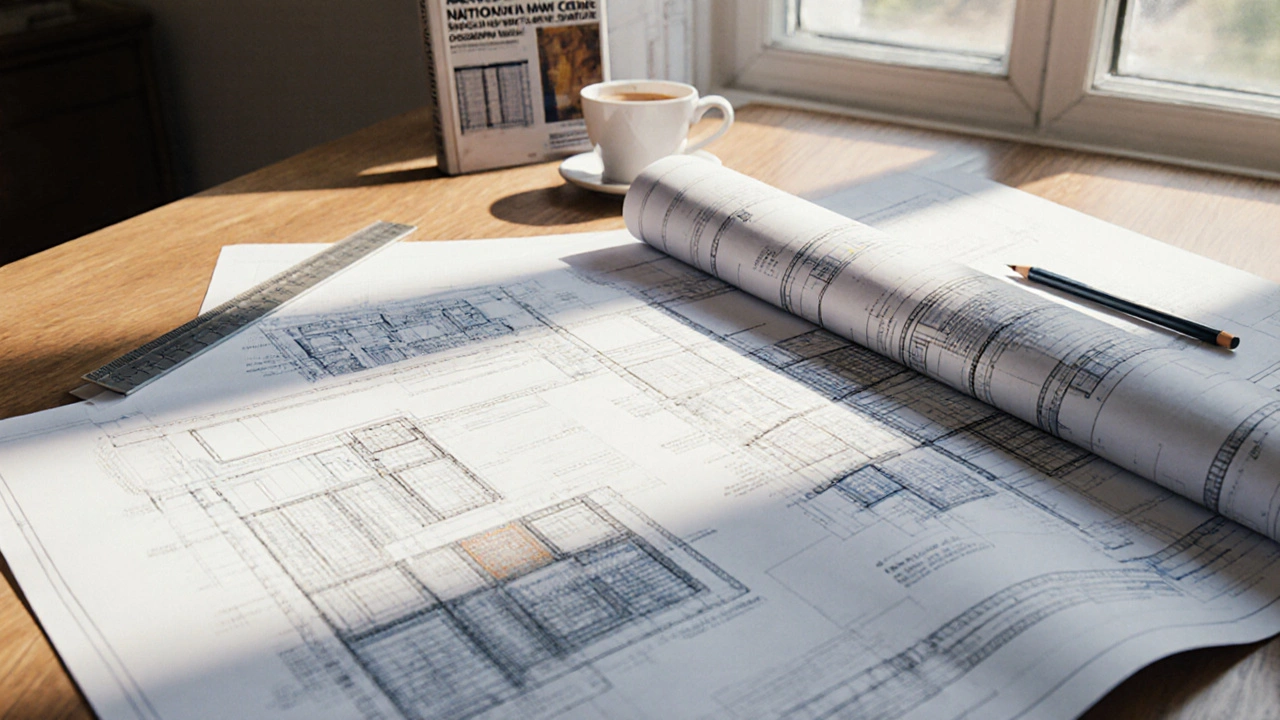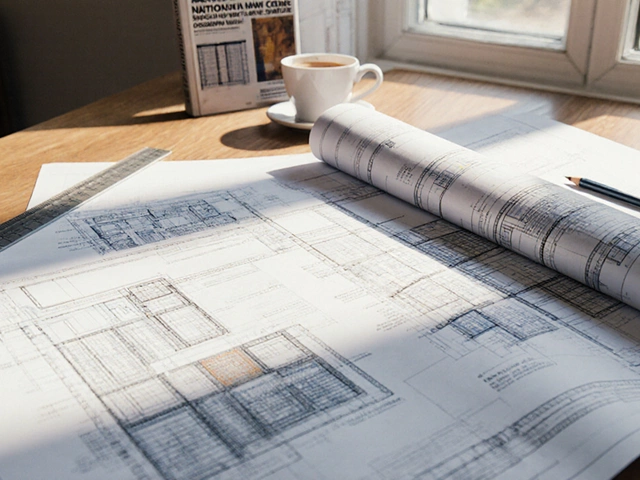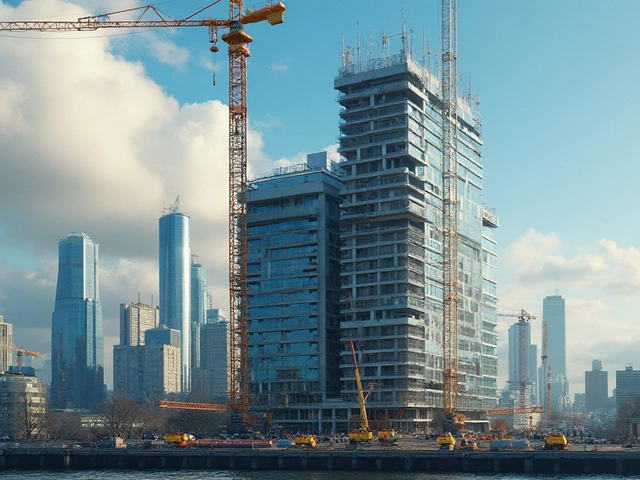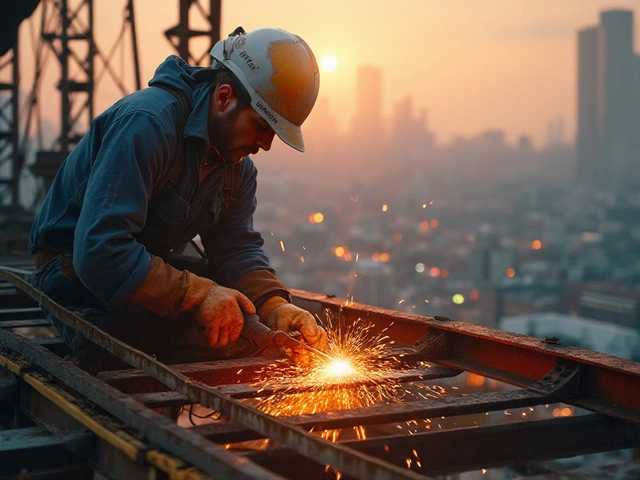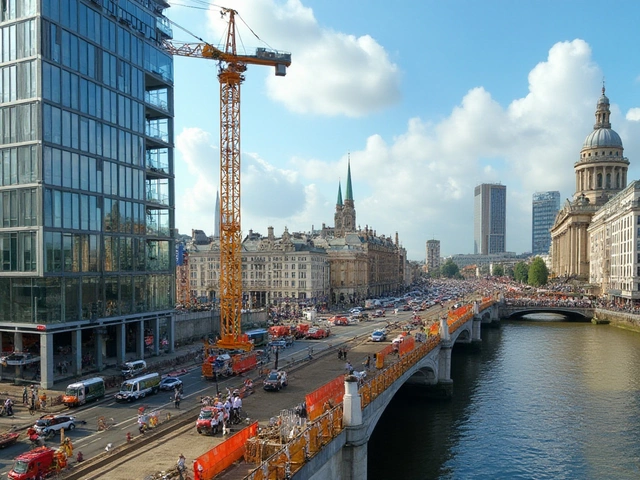Building Lifespan Estimator
Estimated Lifespan
Enter your options and click "Calculate Lifespan" to see results
Quick Summary
- Most new residential buildings are designed for 50‑70 years of service with proper upkeep.
- Key factors that stretch or cut that number are material choice, climate, and maintenance.
- Structural components (foundation, frame, roof) often outlive finishes like flooring or HVAC.
- A solid maintenance plan can add 20‑30 years to the original design life.
- Modern codes and sustainability standards (e.g., LEED) push designers toward longer‑lasting solutions.
When you wonder how long a new building should last, the answer sits at the intersection of engineering, materials science, and everyday upkeep. Building lifespan is the period a structure remains safe, functional, and compliant with local regulations without major reconstruction. In Canada, most building codes target a design life of 50 years for residential housing, but that’s a baseline-not a ceiling.
What Do Building Codes Say?
Every province adopts the National Building Code (NBC) with regional tweaks. The NBC defines a "design life" for structural elements, typically 50 years for residential frames and 75 years for commercial steel structures. Building codes force designers to consider loads, fire resistance, and durability, but they also allow higher performance if owners are willing to invest.
Core Components and Their Typical Longevity
| Component | Common Materials | Expected Lifespan |
|---|---|---|
| Foundation | Concrete, reinforced steel | 80‑100 years |
| Structural frame | Wood studs, steel joists, ICF | 50‑75 years |
| Roof | Asphalt shingles, metal panels, slate | 20‑50 years |
| Exterior cladding | Vinyl, fiber‑cement, brick veneer | 30‑70 years |
| HVAC system | Furnace, heat pump, ductwork | 15‑25 years |
| Interior finishes | Drywall, paint, carpet | 5‑15 years (replaceable) |
Notice the spread: foundations and structural frames often outlast roofs and HVAC units. That’s why regular replacement of the latter is built into most maintenance schedules.
How Materials Influence Longevity
Choosing construction materials wisely can add decades. For example, insulated concrete forms (ICF) resist moisture and fire, nudging the frame’s life toward the 75‑year mark. In contrast, untreated soft‑wood studs in a moist climate may succumb to rot in 30‑40 years.
Roofing tells a similar story. Traditional asphalt shingles average 20‑25 years, but metal roofing-especially powder‑coated steel-can push past 50 years with minimal maintenance.
Climate and Geography Matter
Living in Halifax means dealing with salty coastal air, freeze‑thaw cycles, and occasional heavy snow. Climate zone dictates material performance. In salty environments, stainless‑steel fasteners and fiber‑cement siding resist corrosion better than untreated wood.
In colder zones, expanding and contracting concrete can cause cracks; adding air‑entrainment admixtures to the mix mitigates that risk, extending the foundation’s usable life.
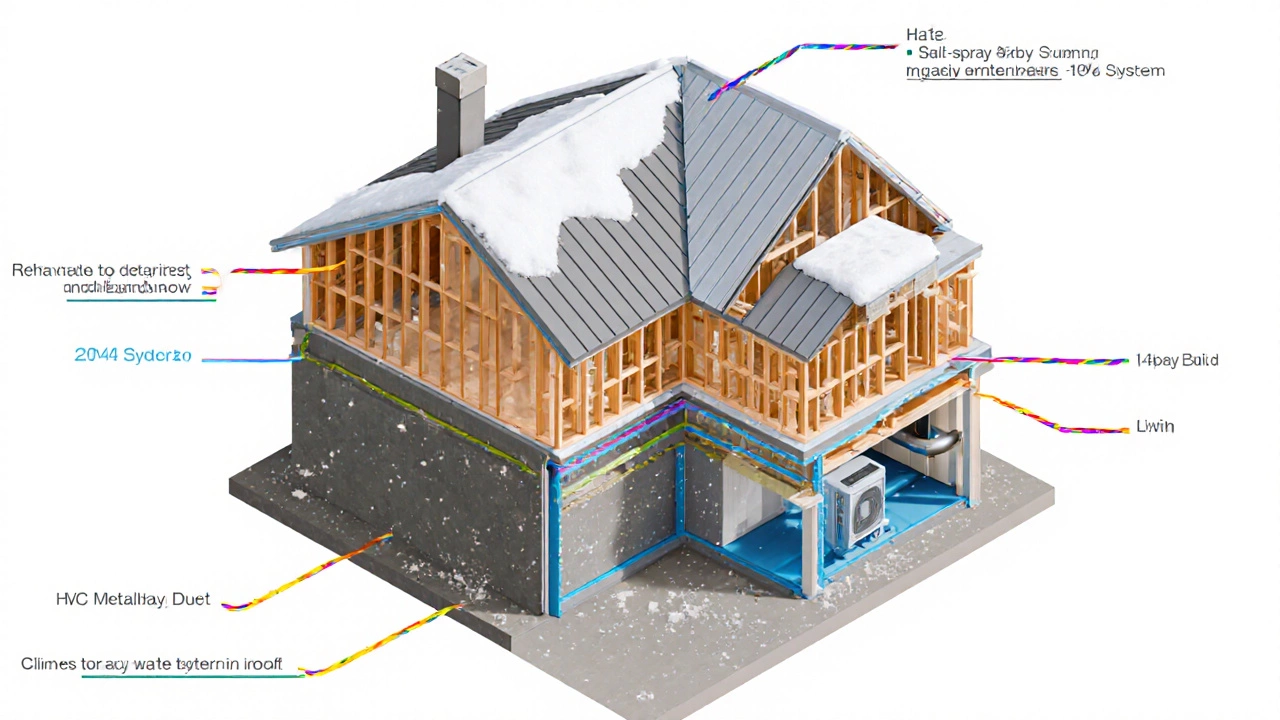
The Role of Sustainability Standards
Green building certifications like LEED encourage durable, low‑maintenance choices. A LEED‑certified home often features high‑performance windows, moisture‑resistant sheathing, and sealed building envelopes-all of which slow down wear and tear.
Environmental durability isn’t just a badge; it translates into a longer building lifespan and lower lifecycle costs.
Maintenance: The Real Lifespan Extender
No matter how robust the original design, neglect shortens the functional life. A well‑crafted maintenance plan typically includes:
- Annual roof inspections and gutter cleaning.
- Bi‑annual HVAC filter changes and duct cleaning every 5 years.
- Foundation drainage checks after heavy rains.
- Repainting exterior wood every 7‑10 years to protect against moisture.
- Testing for moisture intrusion in basements each winter.
Following such a schedule can easily add 20‑30 years to the building’s usable period.
When Renovations Become Replacements
After 40‑50 years, owners often face a decision: upgrade individual systems or undertake a major renovation. If the structural system remains sound, targeted upgrades-like swapping out the roof, windows, and HVAC-can rejuvenate the home without a full rebuild.
However, if the foundation shows significant settlement or the frame suffers extensive rot, a new build might be more cost‑effective.
Real‑World Example: A Halifax Home Built in 1975
Consider a 2,500 sq ft single‑family house built in 1975 using conventional wood framing and asphalt roofing. After 45 years, the owners observed frequent roof leaks and rising heating bills. By replacing the roof with standing‑seam metal, upgrading to a high‑efficiency heat pump, and sealing the attic, they extended the home’s functional life by at least 20 years. The foundation, reinforced concrete, remains solid and is expected to serve for another 30‑40 years.
Key Takeaways for New Build Owners
- Design life per code is a starting point-real life often exceeds it with good materials and upkeep.
- Invest in durable components (foundation, frame, roof) early; they pay off later.
- Tailor material choices to your climate zone to avoid premature degradation.
- Adopt a proactive maintenance schedule; it’s the cheapest way to add decades.
- Consider sustainability certifications-they push you toward longer‑lasting, healthier buildings.
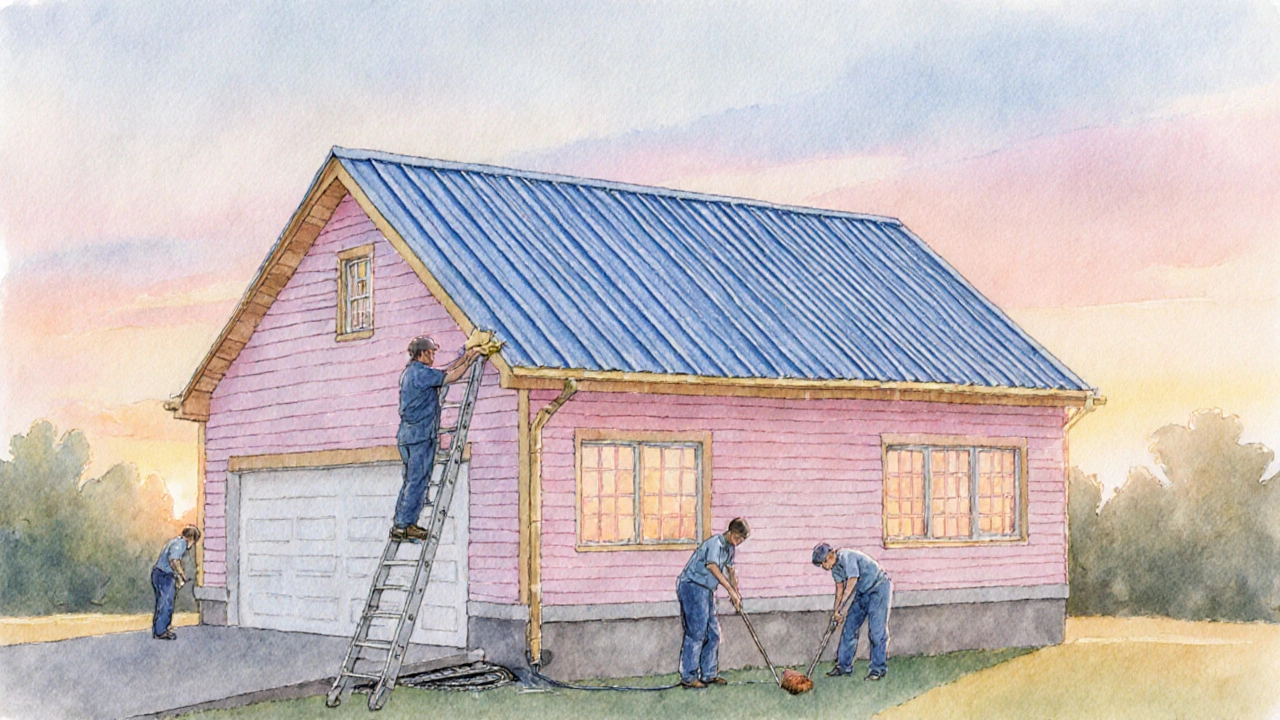
What is the typical design life for a residential building in Canada?
The National Building Code sets a baseline design life of about 50 years for residential structures, though many components can last longer with proper materials and maintenance.
Which building components usually need replacement first?
Roofing membranes, HVAC systems, and interior finishes (like paint or carpet) tend to have the shortest service lives, often 15‑25 years, compared to foundations or structural frames that can reach 80‑100 years.
How does climate affect a building’s lifespan?
Moisture, temperature swings, and salt exposure accelerate wear. In coastal Halifax, using corrosion‑resistant fasteners, moisture‑barrier sheathing, and durable roofing helps keep the structure intact for decades.
Can LEED certification increase a building’s longevity?
Yes. LEED encourages high‑performance envelopes, low‑maintenance materials, and energy‑efficient systems-all of which reduce wear and extend the functional lifespan of a building.
What maintenance tasks give the biggest lifespan boost?
Regular roof inspections, keeping gutters clear, servicing HVAC units, and sealing exterior wood or masonry are the most impactful steps to prevent early deterioration.
